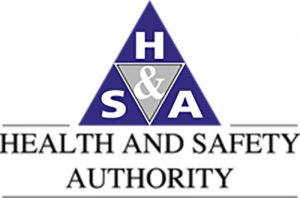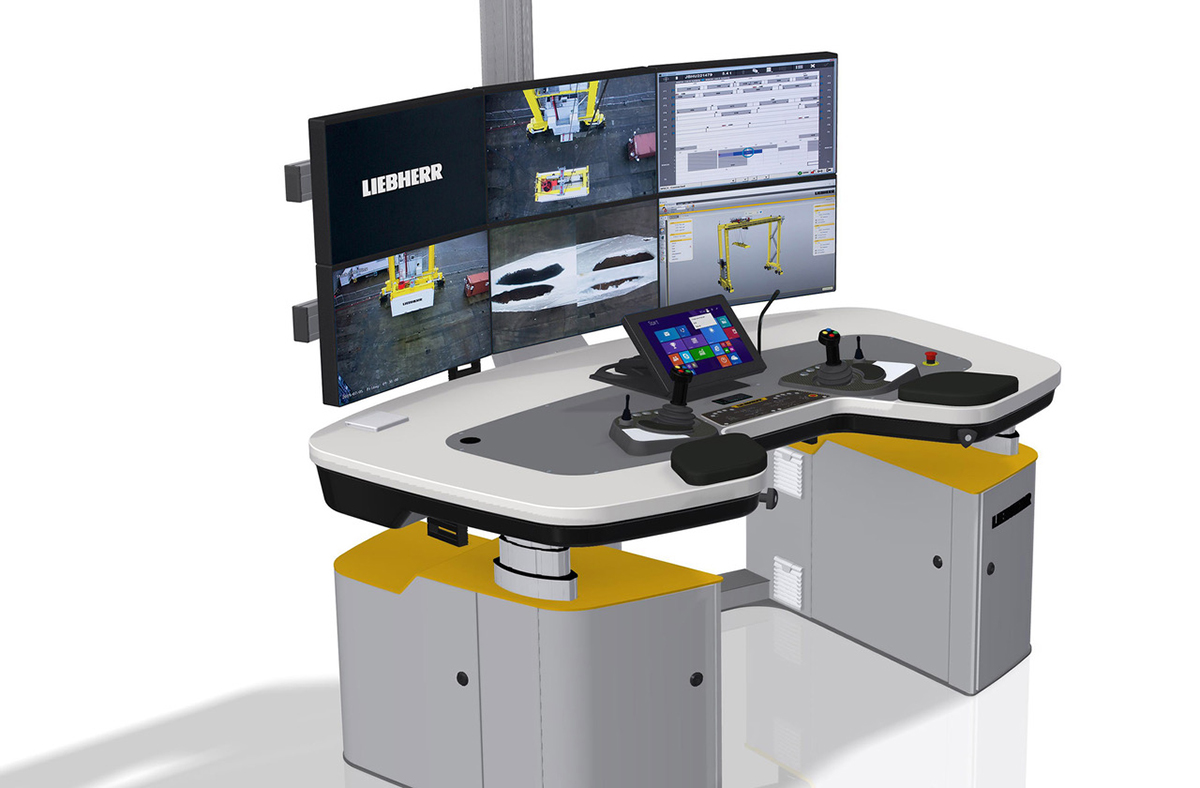 The Health and Safety Authority has launched a new free online tool for the construction sector.
The Health and Safety Authority has launched a new free online tool for the construction sector.
The guidance will help contractors and project supervisors to identify hazards and apply appropriate controls so that the movement of vehicles and pedestrians can be planned, managed and coordinated on site.
In a workplace where dumpers, cranes, excavators, and teleporters are commonplace, HSA Senior Inspector for Construction Policy, Michael McDonagh, said lives need to be protected.
“The hazards on site include falling from a vehicle, loading and unloading, objects falling from a vehicle, and overhead lines.
“Managing the interaction between large construction vehicles and people on a busy construction site is critical, particularly during delivery operations and vehicle manoeuvres such as turning and reversing.
“Many serious and fatal accidents have occurred on construction sites as a result of vehicles striking pedestrian workers on site,” he added.
The plan provides a practical and useful way to safely coordinate and manage this type of work, and is broken into six clear sections for ease of use.
The Authority advises that a responsible person is nominated to take ownership for completing the CSTMP.
It should also be reviewed, amended and communicated to all relevant staff, contractors, sub-contractors and others on site.
The plan will help project supervisors and contractors to meet their obligations under the Safety, Health and Welfare at Work (Construction Regulations), 2013, which has clear requirements in relation to work-related vehicles and their safe operation.
Such vehicles must be:
· of good design
· maintained in good working order
· properly used
· operated by trained personnel e.g. CSCS Card
· fitted with appropriate audio / visual aids and /or proximity devices where operator visibility is restricted (this should be based on risk assessment).
In relation to pedestrians the following is needed:
· safe and suitable pedestrian access routes
· work related vehicles and pedestrians are kept apart
· pedestrian routes are organised and controlled.
Section 3 of the plan requires the contractor to identify suitable traffic routes, pedestrian and vehicle access points, overhead electricity lines and other hazards on the site plans.
The Plan and associated guidance have been developed to help the Project Supervisor Construction Stage (PSCS) and contractors to identify hazards and apply appropriate controls so that the movement of vehicles and pedestrians on a construction site is planned, managed and coordinated.
The Authority emphasised that the CSTMP has not been developed for the implementation of roadworks on live roads.
Where roadworks are to be carried out on live roads, other requirements apply and the Authority’s Working on Roads Guidelines should be considered, together with the Department of Transport’s Chapter 8 document and associated guidance documents, and implemented as required.
The CSTMP is available to complete online or can be downloaded from the Authority’s websites HSA.ie BeSMART.ie.














